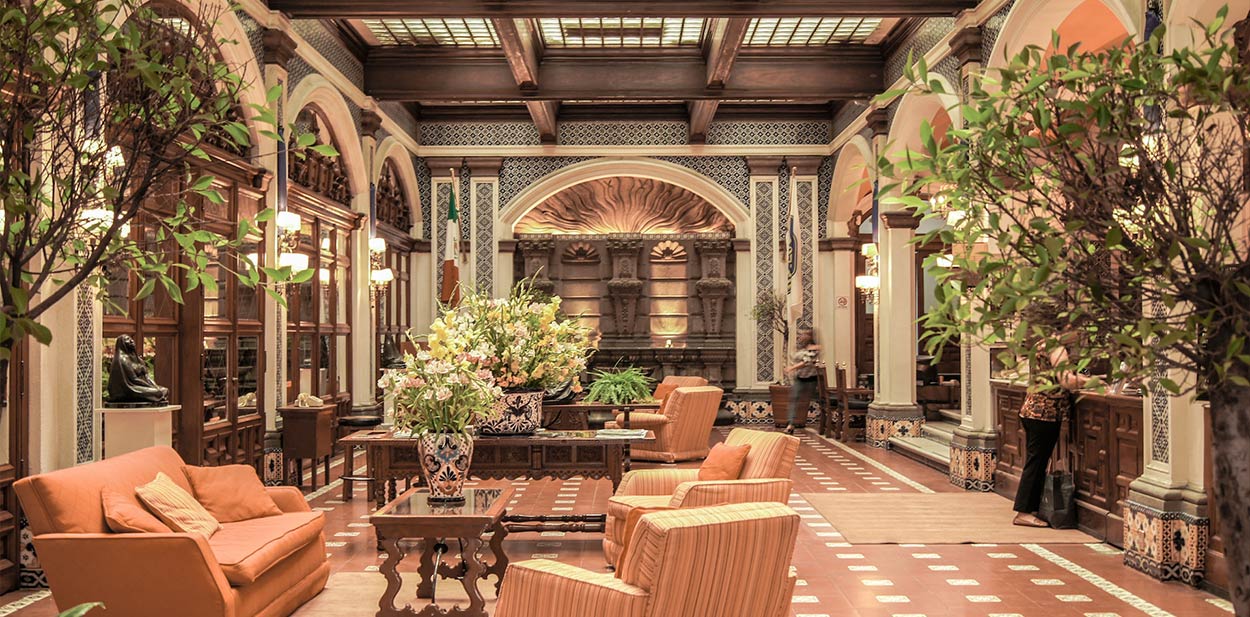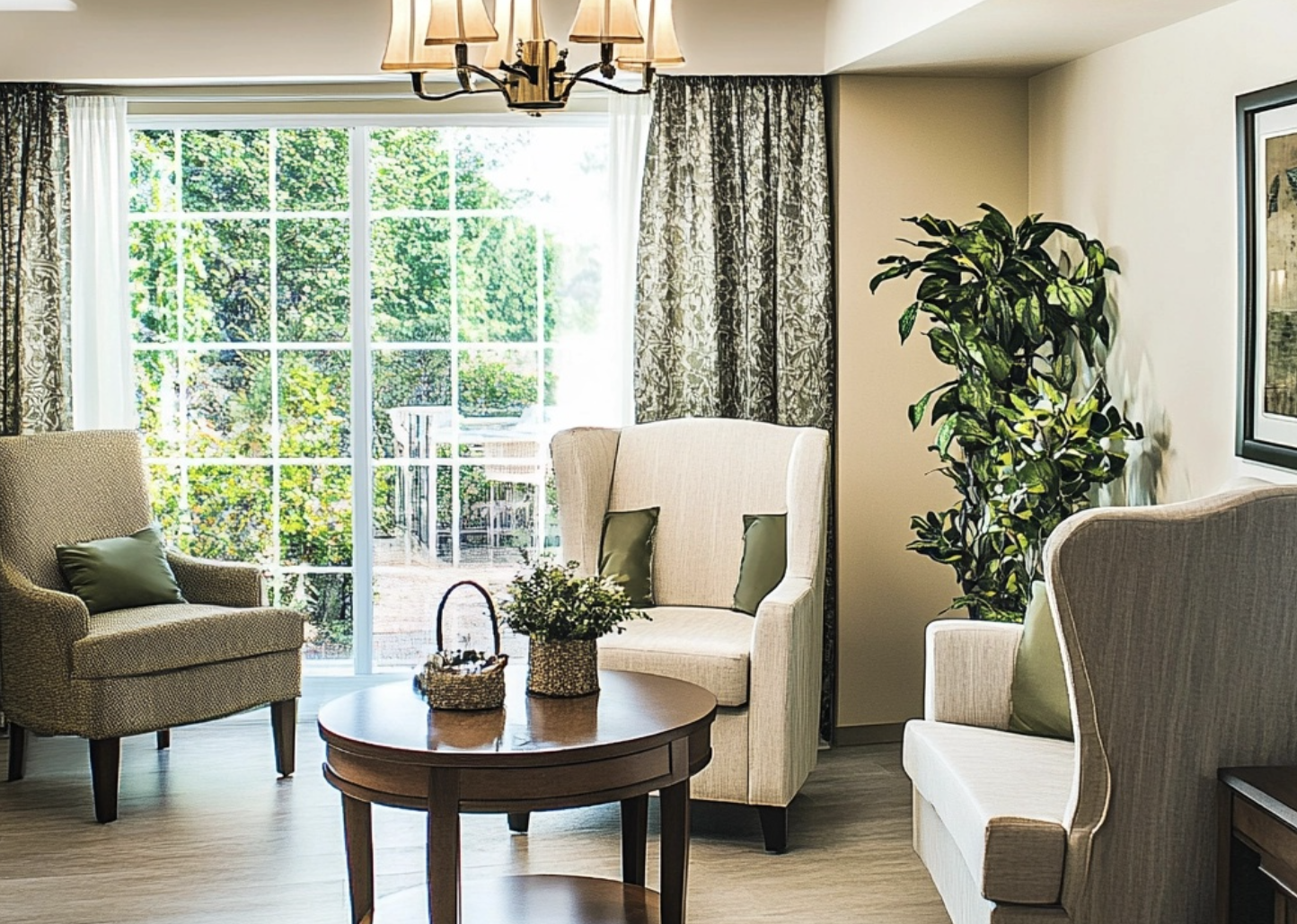As the population ages and the baby boomer generation enters their senior years, the landscape of senior living is rapidly evolving. No longer are traditional nursing homes the default option; instead, modern innovations and trends are reshaping what it means to age well. From wellness-focused communities to cutting-edge technology, the future of senior living is all about creating environments that promote quality of life, independence, and a sense of community.
Let’s explore some key trends and innovations that are transforming the future of senior living.
1. Wellness-Focused Communities
In recent years, wellness has moved to the forefront of senior living. More communities are adopting a holistic approach to health, focusing not just on physical care but also on mental, emotional, and spiritual well-being. These wellness-focused communities often provide:
- On-site fitness centers and classes such as yoga, tai chi, and low-impact aerobics designed specifically for seniors.
- Healthy dining options that include locally sourced ingredients and menus tailored to the dietary needs of older adults.
- Mental health services that offer counseling, meditation, and relaxation programs to reduce stress and improve cognitive function.
The future of senior living will likely see an even greater emphasis on personalized wellness programs that address each resident’s unique health needs. As wellness continues to become a core focus, seniors will enjoy communities that are as much about healthy living as they are about comfort and care.
2. Multi-Generational Housing
Another significant trend is the rise of multi-generational housing, where different age groups live together in shared spaces. These types of communities foster interaction between younger and older generations, breaking down the isolation that seniors often experience in traditional settings. In a multi-generational living model:
- Shared spaces allow seniors, families, and young adults to interact through community gardens, dining areas, and recreational spaces.
- Intergenerational programs encourage skill-sharing, such as younger residents teaching technology skills to seniors, while seniors share life experiences and wisdom.
This model not only reduces loneliness for seniors but also builds stronger, more cohesive communities where learning and relationships are nurtured across age groups. Multi-generational housing has the potential to redefine aging by ensuring that seniors remain integrated into society rather than being siloed off into age-restricted environments.
3. Technological Advancements for Senior Living
Technology is another game-changer in the senior living industry. From smart home devices to telemedicine, advancements in technology are improving both the quality of life and the safety of older adults. Some of the most promising innovations include:
- Smart home systems: Voice-activated devices like Amazon’s Alexa can help seniors manage their daily tasks, control lighting and temperature, and even remind them to take medications.
- Wearable technology: Devices such as smartwatches can monitor vital signs, track physical activity, and detect falls. Some even have emergency alert systems to immediately notify caregivers or medical personnel.
- Telemedicine and virtual healthcare: With the rise of telemedicine, seniors can access healthcare from the comfort of their homes. Virtual consultations, remote monitoring, and digital health records are making healthcare more accessible, especially for those with mobility challenges.
- AI-powered caregiving: Artificial intelligence is being integrated into caregiving, with robots and AI assistants providing companionship, monitoring health data, and assisting with daily tasks.
These technologies not only help seniors live more independently but also provide peace of mind to family members and caregivers who can remotely monitor the well-being of their loved ones.
4. Eco-Friendly Senior Living
As environmental consciousness grows, senior living communities are embracing sustainability. Many new developments are being designed with eco-friendly materials, energy-efficient technologies, and sustainable landscaping practices. Eco-friendly senior living can include:
- Green building design: Utilizing renewable energy sources like solar power, energy-efficient lighting, and water-saving features to reduce the community’s environmental footprint.
- Sustainable landscaping: Using native plants that require less water and maintenance, creating green spaces that promote physical activity and outdoor engagement.
- Farm-to-table dining: Many communities are incorporating gardens that provide fresh produce for residents, promoting both sustainability and healthy eating.
For many seniors, living in an environmentally responsible community aligns with their values and provides them with a sense of purpose in contributing to environmental preservation.
5. Person-Centered Care
Person-centered care is an approach that emphasizes the individuality of each resident, focusing on their personal preferences, needs, and life experiences. This model of care goes beyond providing basic health services and creates environments where seniors have more control over their daily routines. Key elements include:
- Customized care plans tailored to the individual’s health, interests, and preferences.
- Flexible meal and activity schedules that allow residents to maintain autonomy over their daily lives.
- Caregiver-resident relationships built on trust, empathy, and mutual respect, improving the overall quality of life.
This shift towards person-centered care recognizes that aging is not a one-size-fits-all process. As more senior living communities adopt this approach, residents will experience more meaningful, personalized care.
6. Memory Care and Cognitive Health Support
As the population ages, more seniors are being diagnosed with Alzheimer’s disease and other forms of dementia. Memory care programs are evolving to meet the needs of these individuals by focusing on cognitive health and maintaining quality of life. Innovations in memory care include:
- Specialized memory care units with staff trained in dementia care and therapies designed to stimulate cognitive function.
- Sensory environments that reduce stress and enhance comfort, often incorporating nature, soothing sounds, and tactile experiences.
- Cognitive therapies like reminiscence therapy, art therapy, and music therapy that help improve memory and emotional well-being.
As the prevalence of dementia increases, memory care services will become even more essential, driving advancements in treatment and support for those affected.
Conclusion: A New Era in Senior Living
The future of senior living is brighter and more dynamic than ever before. From wellness-focused communities and multi-generational housing to technological advancements and person-centered care, these innovations are set to revolutionize how we age. As these trends take root, seniors will have more options, better care, and a higher quality of life. Senior living is no longer about merely providing care—it’s about thriving, staying connected, and living a fulfilling life at every stage.












